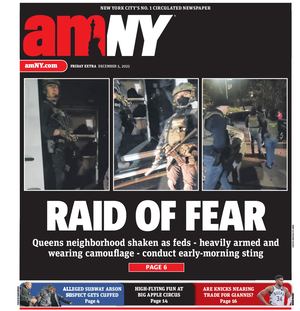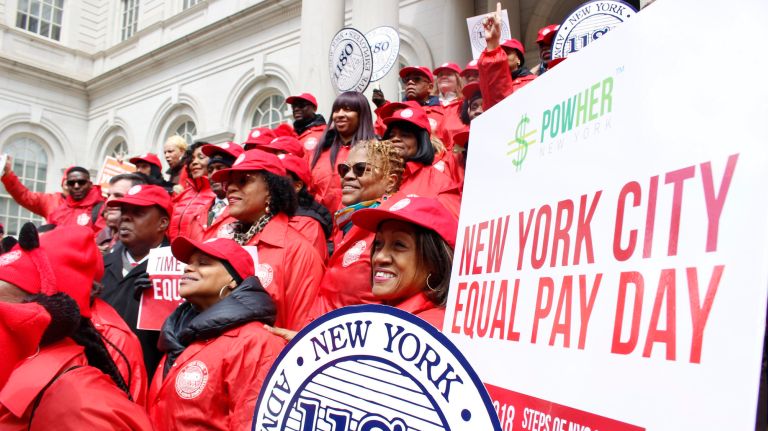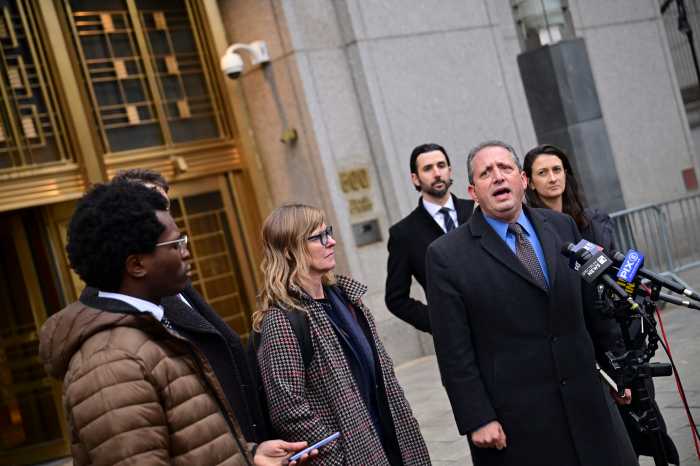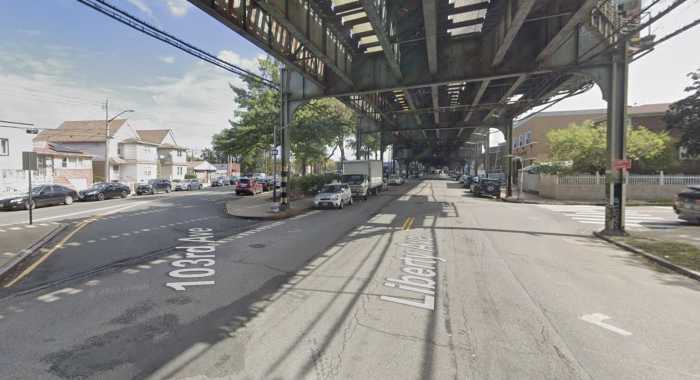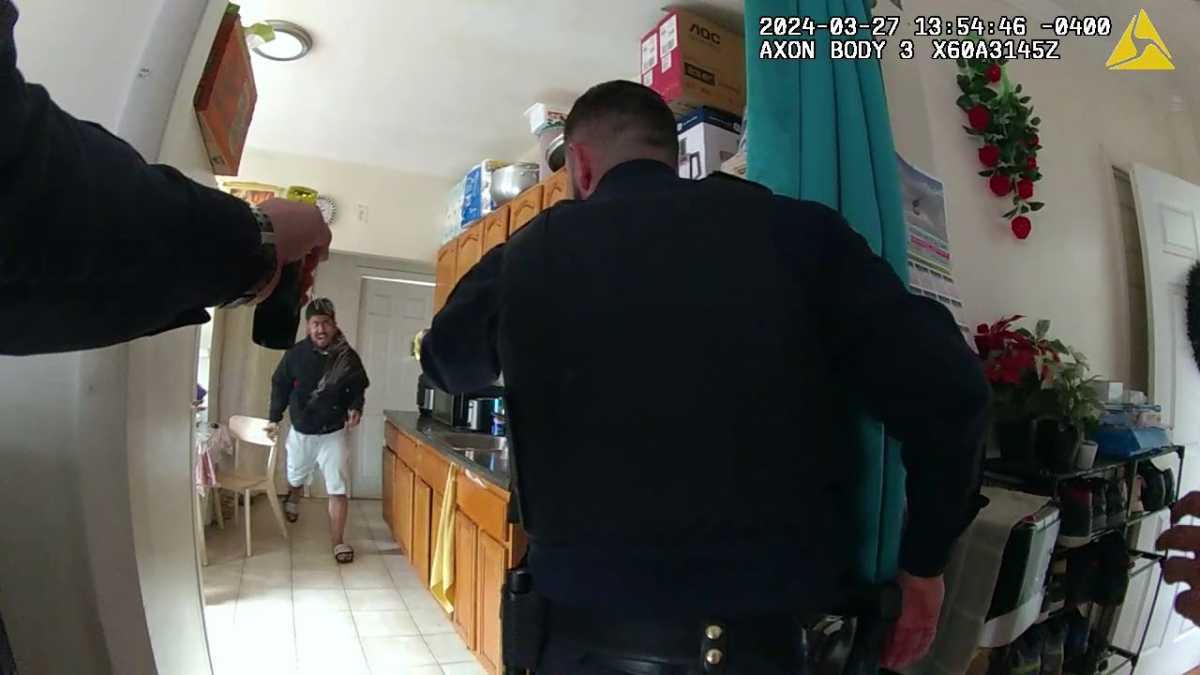
Women in New York continue to make less than their male counterparts — 88 cents for every dollar, adding up to $6,735 a year, according to a report released Monday, the eve of Equal Pay Day.
Last year, the pay gap between New York women and men was $5,766.
“We continue to find the gender pay disparity is pervasive,” said Vasu Reddy, senior policy counsel for workplace programs at the National Partnership for Women & Families, the nonprofit that oversees the annual study.
The combined lost wages to all full-time working women in the state is a whopping $59 billion, according to the study.
The gap widens even more when race and ethnicity are taken into account.
A Latina who works full-time, year-round in New York makes over $30,000 less than a white, non-Hispanic man, according to the group. Black women make $24,370 less; white, non-Hispanic women make $13,147 less and Asian-American women make $12,591 less.
“The pay gap hurts women and families in measurable ways — whether that’s making it harder to pay for rent or child care or being able to save for retirement and college,” said Sonia Ossorio, the president of NOW-NYC. “If we don’t pick up the pace, today’s kindergartners will be in their forties before seeing equal pay; And today’s black girls will have to wait until their own children are in their forties to reach this same milestone. We can’t let this stand.”
Elected officials and activists are expected to rally on the steps of City Hall on Tuesday to mark Equal Pay Day and call for economic justice. Equal Pay Day marks the date women must work until to earn the same salary white men were paid in the previous year.
A wage gap exists regardless of occupation, industry and even education level, the partnership said.
Racial and gender discrimination as well as workplace harassment help create the gap, the report notes. Also, women, who are often primary caretakers of children and family, do not get enough support in the workplace, according to the report.
California, Washington, D.C. and New York fare better than the rest of the country, rounding out the bottom of the list. In Louisiana, which has the dubious honor of first place, women are paid 69 cents for every dollar a man receives.
“New York can do better,” said Beverly Cooper Neufeld, president of PowHer NY, a coalition that advocates for economic fairness for women. “We call on government, business and individuals to act boldly, capitalize on the changed political environment and pass stronger laws like a statewide salary history ban, and finally eradicate the wage and opportunity gap that harms women, their families and our communities.”
The gender pay gap got some high profile attention last year when it was revealed actress Michelle Williams was paid less than $1,000 for reshooting scenes for the film “All the Money in the World,” while co-star Mark Wahlberg received $1.5 million.
City Comptroller Scott Stringer released a study last year that found black women working in New York City were paid 57 cents for every dollar that white men made.
Last week, the House of Representatives approved the Paycheck Fairness Act, which bars employers from asking for salary history while interviewing prospective workers. It also protects employees from retaliation if they discuss pay with colleagues. In 2017, Mayor Bill de Blasio signed a similar bill into law; and earlier this year, he said he would support legislation to mandate that private sector employers in New York City provide paid vacation to all their employees.
“The persisting gender wage gap in New York keeps women sidelined, stagnates job growth, and compromises economic security,” said Carole J. Wacey, CEO and president of the nonprofit Women Creating Change. “The consequences of the gender wage gap are long-lasting and intergenerational, but they are not inevitable.”
The National Partnership for Women & Families said more funding is needed for federal agencies that investigate and enforce fair pay. A higher minimum wage, better protections against workplace harassment and family-friendly workplace standards — such as predictable schedules and national paid family and medical leave insurance — could help keep women in the workforce and allow their wages to increase over time.
“We really want to draw attention to the persistence of discrimination,” Reddy said. “It harms all of us.”
